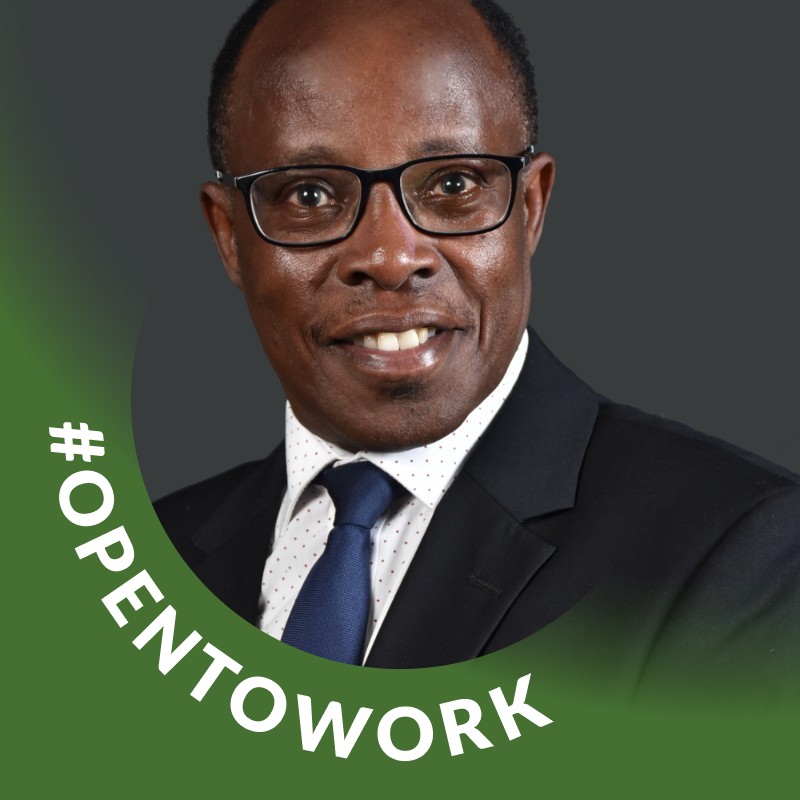Corporate leaders are facing intense pressure to balance between attaining the bottom line, attracting and retaining talent. Employees are increasingly seeking workplaces where they feel treated as partners and cared for.
Job-hopping both at the executive and lower levels is a nightmare for company executives and human resource directors. Perks are no longer an assurance of retaining talent.
Employees are increasingly expressing concerns about toxic workplaces, working under extreme pressures without expressing care for their well-being. There is a notable increase and concern about mental health arising from the workplace.
Some of these challenges stem from business performance demands in a highly competitive and volatile environment, a changing workforce spanning almost five generations—baby boomers, Gen X, Y, millennials and Gen Z. Each comes with a value system and expectations.
Chief executives and managers, therefore, need a turnaround in their leadership styles.
As a coach, I find some leaders fixed on old-fashioned management styles, which clash with evolving approaches of creating team synergy and ensuring the personal growth of employees.
For instance, managers were previously concerned about monitoring performance, while focus now is on how to get people to achieve results and reward the results.
To thrive in the modern and future workplace, a leader must focus on employees’ needs, besides the shareholders. This means responding to their needs and providing the skills and resources necessary to achieve results.
A McKinsey survey indicated that 85 percent of employees considered their relationships with management as the most important workplace factor in their employment.
What do leaders need to do to make employees stay and feel loved?
First, build trust, champion diversity, equality, and inclusion, and be examples of integrity.
Second, employees are seeking leaders who inspire them to grow by creating a continuous learning culture, who are open to change and can provide opportunities and challenges.
A leader must understand the business and its technical operations, the people, mix with the people at all levels, and break the ceilings of ‘us versus them.’
Third, leaders must broaden their knowledge, by not over-specialising.
Fourth, as employees look for love, a leader should show love by responding to the employees' wellbeing, and demonstrate care for their personal growth and career.
A leader should not be afraid to love and should be fun-loving. A coffee, random getaway lunch, or hike can be achieved at minimal cost with huge value additions.
Fifth, a leader must also balance between being 'nice' and getting results by clearly communicating the business mission, values and expectations with measurable performance indicators, having a recognition and reward system, and providing support to close performance gaps.
Sixth, the success of future leaders will be pegged on how they combine business and soft skills. Business skills cover operations, technology, innovation, digital space, operations, and financial prudence, among others. Soft skills like listening, psychology of success, self-care, coaching, empathy and compassion are also instrumental.
As a leader, one must reinvent themselves, re-skill, and upskill to survive the onslaught of leadership in the coming decade.

Muthangani Muya
Career Coach | Executive Coach | Nurse Manager Leadership Coach | HR specialist | Life Coach
